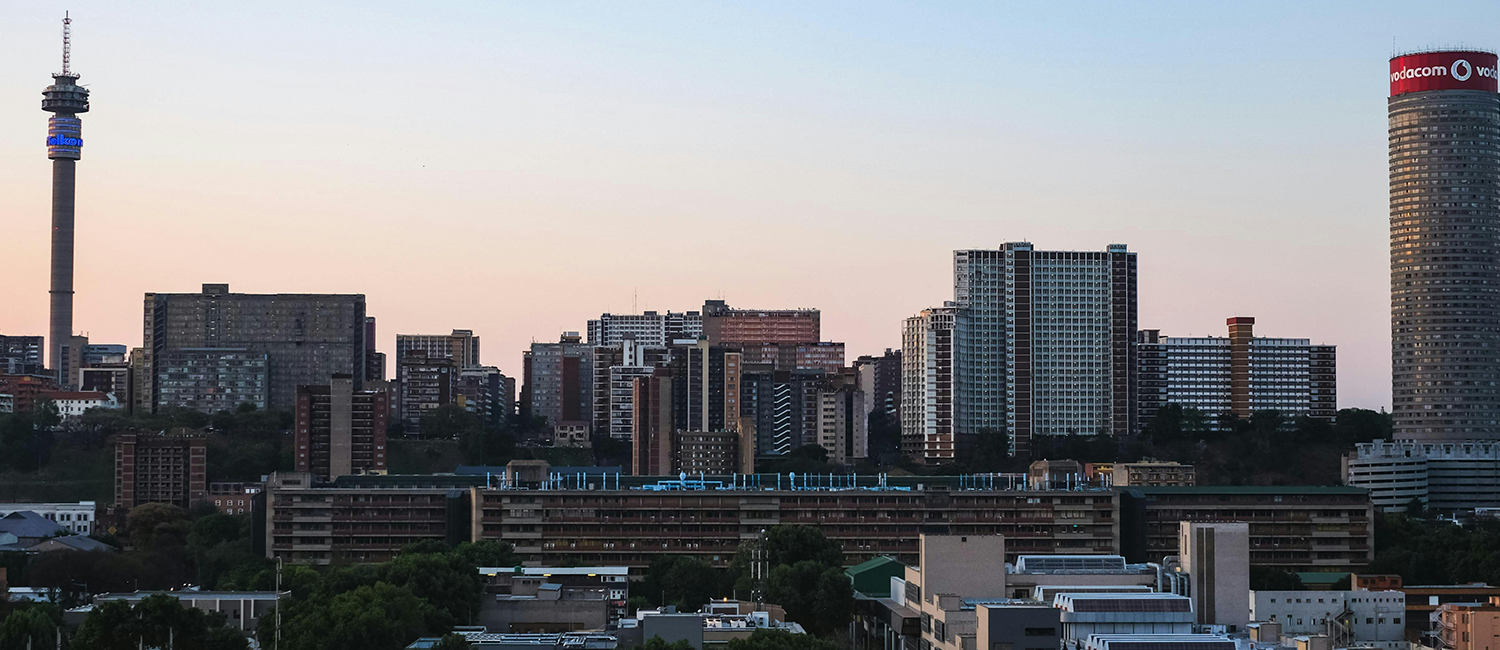The regeneration of Johannesburg’s inner city has seen the emergence of a number of significant social and cultural hubs.
The infrastructure development projects taking place in Johannesburg are not only enhancing the quality of life of its residents, they are also providing tourists with an exciting and refreshing experience of Jozi.
The upgrades, part of the 10-year, R110-billion infrastructure development programme announced this year by Johannesburg Executive Mayor Parks Tau, have seen many areas in and around the inner city – including Newtown, Ferreirastown, Hillbrow and Braamfontein – being transformed into important social and cultural hubs.
Newtown – Johannesburg’s cultural and creative nucleus – has in recent times seen a resurgence in visitor numbers following several upgrades and refurbishments to historic buildings and other facilities.
Coupled with the development of Newtown Junction, a mixed-use retail property development, and the continued rejuvenation of the Newtown Cultural Precinct – an area that throbs with the arts, craft, musical talent, historical diversity and culture – Newtown is a dream tourist attraction.
MABONENG PRECINCT
The regeneration of the city has also seen the emergence of the trendy Maboneng Precinct, a centre of creative energy in downtown Johannesburg that is a definite must-see.
This cultural and arts hub attracts a cosmopolitan crowd that provides small businesses and local artists with a platform to reach international and local visitors.
Earlier this year, the City unveiled two blue heritage plaques in the Maboneng Precinct recognising the heritage value of the Arts on Main building and the Cosmopolitan Hotel.
Alice Cabaret, of the Maboneng Precinct Organisation, says the plaques have become popular among visitors, who want to learn more about the area and its history. “It is a huge step in recognising the heritage value of these buildings and of the area,” she says.
WESTGATE HERITAGE TRAIL
Another popular tourist attraction that has undergone intense rejuvenation is the Westgate Heritage Trail.
Eric Itzkin, of the Arts, Culture and Heritage Directorate of the City’s Community Development Department, says the trail in the Westgate Precinct provides a unique glimpse into Johannesburg’s rich and diverse past.
Running along Fox Street, the heritage trail takes visitors past Chancellor House, which accommodated the law offices of former president Nelson Mandela and Oliver Tambo, and the Shadow Boxer statue to Kapitan’s Oriental in Kort Street, where visitors can sample authentic Indian cuisine. Kapitan’s was Mandela and Tambo’s favourite curry restaurant.
PUBLIC ART AS TOURISM DRAW-CARD
The Johannesburg Development Agency (JDA), the City’s infrastructure development arm, has fostered Johannesburg’s rich culture and history by ensuring that public art is infused into residents’ daily lives.
Through its 2011-2016 Public Art Strategy, the JDA seeks to further ensure artists and art in the City’s public spaces are within reach.
Having commissioned and installed more than 680 new public artworks through 156 commissions across the city at a cost of approximately R19.5-million, there are rich and diverse offerings for visitors and residents to enjoy.
Though most of the JDA’s commissioned artworks – 427 out of 681 – are sculptures, the agency has also commissioned mosaics, murals and other artworks such as paving insets, game boards and play equipment, helping to making Johannesburg a visual arts city.
Must-see public art pieces include the Eland on Jan Smuts Avenue, the Fire Walker structure in Newtown, the sculptures and mosaics along Vilakazi Street in Soweto, the varied artist pieces sandblasted onto the glass panels of the Rea Vaya bus stations, the Fietas/Fordsburg Subway mural, and the Knowledge sculpture marking the gateway to the Braamfontein Student Precinct.
HILLBROW TOWER PRECINCT
Urban renewal initiatives have also seen the transformation of the Hillbrow Tower Precinct, which is being developed into a pedestrian-friendly and safe neighbourhood in line with the Executive Mayor’s legacy project, the Corridors of Freedom.
The urban rejuvenation projects in this area aim to create high-density and mixed-use residential developments that will enable residents to live closer to their places of work and leisure, and also include the upgrading of pavements and the construction of new sidewalks, new landscaping and public lighting, as well as the renovation of the aging storm water drainage system.
The immediate vicinity of the Hillbrow Tower will also see the erection of formalised trading spaces to give opportunities to local artists as well as tourism operators and small businesses.
A trip to Johannesburg is not complete without a trip to the heart of Johannesburg’s spiritual wisdom and tradition – the Kwa Mai Mai informal traders’ market.
Home to traditional healers, the market is a sensual feast for tourists and residents alike. Situated under a bridge on the corner of Anderson, Albert and Berea streets in Marshalltown, the market provides visitors with an experience like no other. Used to stable horse in the 1940s, the market has since become a training ground for traditional healers and a sought-after tourist attraction.
Source: www.joburg.org.za

